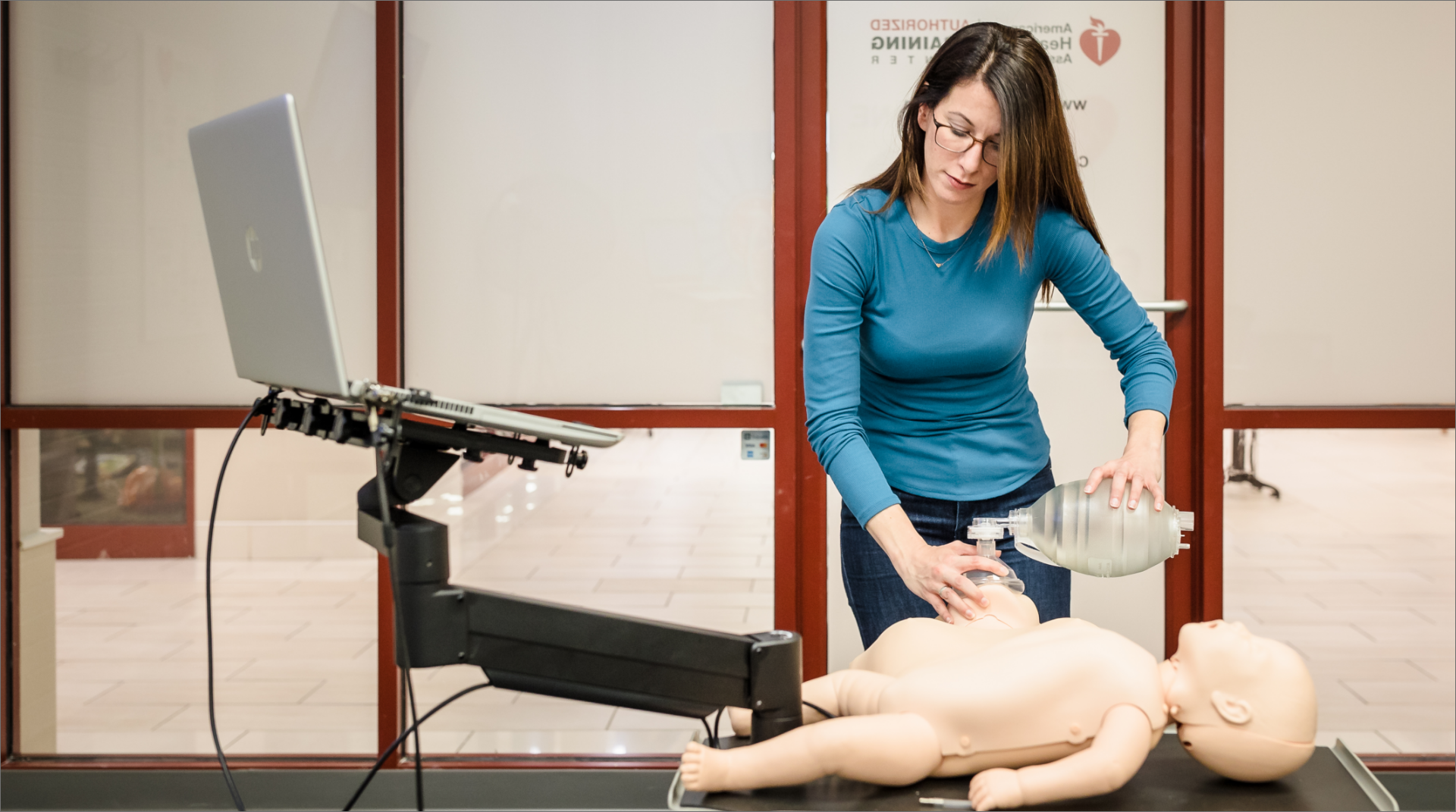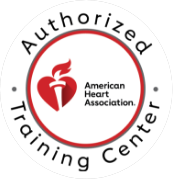

CPR Resource Center
The most comprehensive library of emergency training resources — including videos, articles, downloads, and more.


The most comprehensive library of emergency training resources — including videos, articles, downloads, and more.
Over 300,000 people suffer cardiac arrest each year in the United States. When you consider that a significant portion of each person’s week is spent in the workplace and the concentration of employees at a given business location, it is no surprise that a considerable portion of cardiac arrests occur while victims are at work.
An AED provides a potentially lifesaving shock when a person is in cardiac arrest. The sooner an AED is used has a huge impact on the victim’s chance of surviving the event. The American Heart Association recommends defibrillation within 3 minutes of a cardiac arrest to provide the best chance of survival. With the average EMS response time being 6 minutes or longer, immediate action taken by bystanders has a significant impact on outcomes.
A workplace with 10 or more employees, guests, or customers present should consider placement of an AED in the workplace. A lower threshold for placement should be considered if employees or customers have risk factors for cardiac arrest such as heart or lung disease, regular use of tobacco products, or diabetes. If medical history is used as a determining factor, this information should be kept private. A location that has had two or more cardiac arrest incidents in the past 5 years should also consider placement.
Next, consider the size and layout of the business for AED placement. An AED should arrive within 3 minutes of the cardiac arrest occurring. A large property, such as an amusement park, should strategically place AED units where they can be retrieved from multiple places from within the park.
In an office park or strip mall, a shared resource is a much more cost effective strategy for AED placement – a single AED placed outdoors can be shared among multiple tenants in the complex. The CE-TEK All Weather AED Enclosure allows for outdoor AED placement while keeping the device safe from weather, tamper, or theft.
An AED is an important lifesaving piece of equipment and requires some routine attention to ensure that it is ready for an emergency. When implementing a workplace AED program, ensure that you are using monthly checks of the device which examine the unit’s self-check, pads, battery, and response kit. Workplace response plans and practice drills also provide a vital component to an effective AED program.
Help Me Find a Course